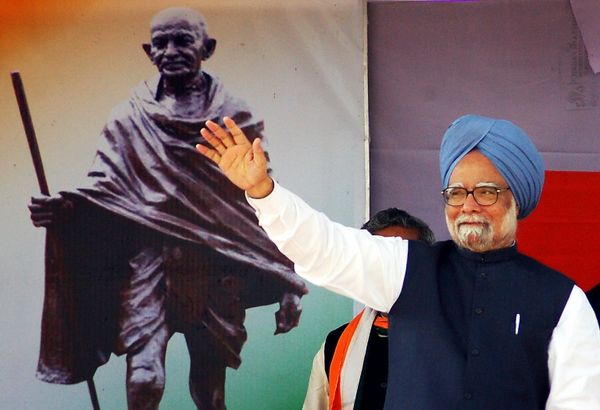
Now showing at a sharemarket near you: a demonstration that investors have fallen out of love with the idea digital subscribers can replace advertising dollars to sustain the swagger of big media.
We can pinpoint the moment it happened: when the subscriber model’s pin-up, Netflix, ‘fessed up in April that its global numbers were not just flat but down. The market gulped — and sold. The streaming service share price is now just a third of what it was at the beginning of the year.
But it’s more than a story about market disappointment in what was once a much-loved unicorn. It’s on high rotation across the media and entertainment sector. Take Australia, where journalist Tim Burrowes produces his own media share index in his (subscriber-based, of course) Substack newsletter. This week, his “Unmade” index was already down by a third this year. (By comparison, the ASX 200 is down just 7%.)
Burrowes’ index doesn’t include US-owned News Corp as its business is largely offshore. But the company’s US Nasdaq listing shows it down about 24% this year, driven in part by the 40% fall in the value of its holding in REA Group.
Now, shares go up. They go down. But listen to the music in the random beats. Day-to-day reporting lights up the leap from note to note. The Netflix narrative reveals the melody in minor key. Lean in to hear the bassline that’s carrying along Australia’s media story.
Thump. Thump. Thump. More punk than pop. Impossible to ignore.
Sure, it’s saying, you can make money out of subscriptions. But it’s hard, competitive and all too finite. Yeah, you can build media out of it. But, nah, you can’t build the sort of big media that dominated the 20th century.
Farewell to the political influence that comes with being a sharemarket heavyweight. Goodbye big cap. Hello mid-cap.
In Australia, this month marks the 10-year anniversary of the pivot to subscriptions by the old media giants — first, Fairfax, and then, News Corp — to replace those rivers-of-gold advertising dollars that had flooded to Google and Facebook.
The pivot changes more than you’d think: from a business-to-business model aggregating readers into geographic or demographic audiences that could be rented out at monopoly rates to advertisers, into a business-to-consumer model selling reader by reader by reader, in competition with hundreds of more-or-less comparable offerings to an increasingly fragmenting audience.
There’s been a few top-of-the-pops hits for the subscriber playlist, such as The Australian for News Corp or streaming service Stan for the merged Nine-Fairfax. Both have benefited from the leverage of their waning influence to persuade the former federal government to muscle big tech to share out the odd hundred million from their new-found advertising wealth.
The Guardian, both here and in the UK, has been able to pull off the rare play of reader support in return for making the content publicly available.
But listen again to the Netflix melody: the numbers of Australia’s companies suggest that the song is the same: growth powered by locked-down COVID communities stuck at home is tapering off.
Right now, the biggest losers seem to be the Murdoch family, in both News Corp and Fox (which they control through the family trust). Shrug. That’s not where the money is. A few closures here, a few more job cuts over there and they’ll be able to continue giving their dwindling and ageing audience what they’ve learnt to want.
Problem is, the subscription war is hitting them where most of their money is — in the Disney shares the family trust received in exchange for 20th Century Fox’s entertainment businesses. Largely as a result of the massive quarter-by-quarter losses in the company’s recently launched streaming service, Disney+, those shares are now worth just over half what they were in March last year.
In fact, the shares are worth about the same as they were when Disney absorbed the Fox entertainment division in March 2019. Meanwhile, the index of the 500 largest companies in the US, the S&P500, is up more than 40%. Ouch!
It’s behavioural economics 101: losses loom larger than gains. Expect the repricing of subscription-based businesses to trickle down, as it always does, in cuts, closures and job losses.
In downsizing the price of subscription media, the market just may be right-sizing its political clout. For news media, at least, that just may result in better journalism.







